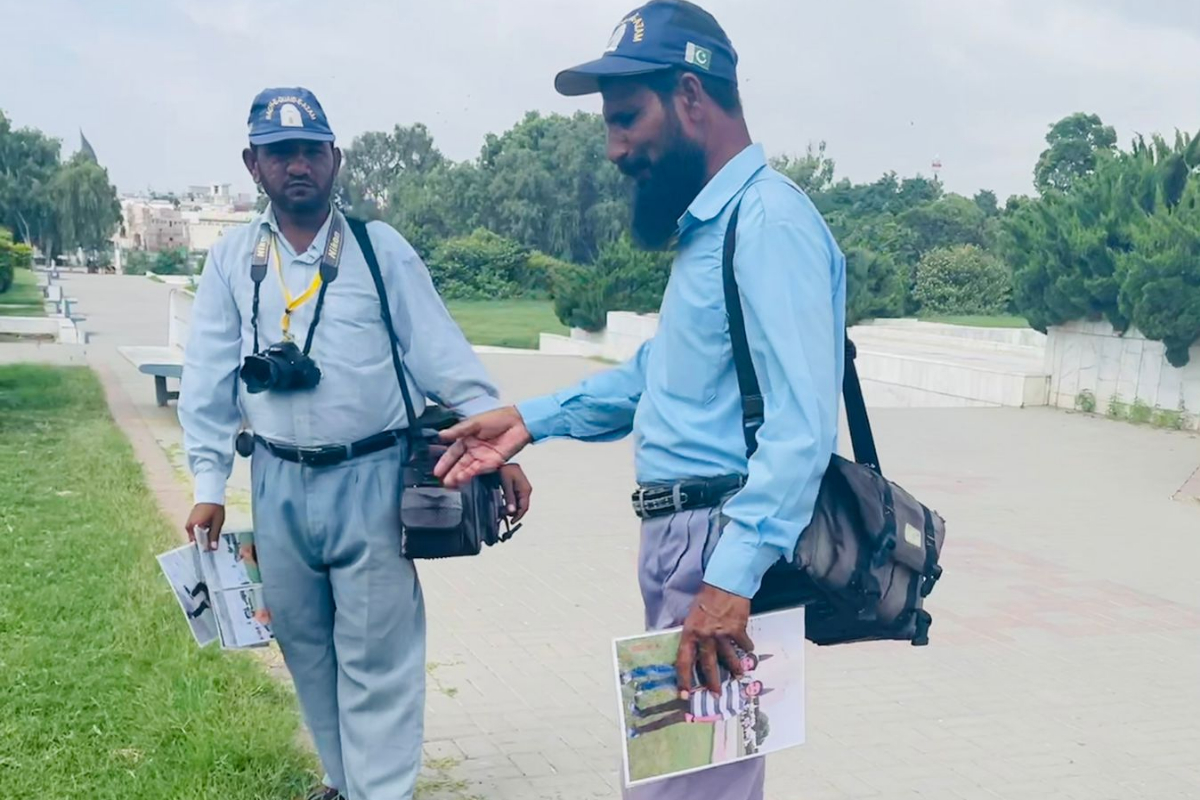
Fading with time
With cameras in every phone, digital supersedes professional photography
Amjad Hussain is a professional photographer who has been capturing the memorable moments of people visiting the Mazar-e-Quaid for the last thirty years. He has weathered many storms of technology in the field of photography, but in a digital age, he is fighting a losing battle with his biggest enemy; a smartphone.
“In every era, we adapted ourselves with time and technology, but these ubiquitous palm-sized devices have literally made us redundant,” photographer Amjad told Bol News.

To transfer high-resolution photos, Amjad and his peers at the mausoleum, charge only Rs20 per picture which is meagre in a time of high inflation. For snaps to be printed on high-quality A4 sheets, they charge Rs200 while for the 5×7 image, Rs100 is charged. Recalling the good old days, Amjad said that there was a time when people used to come to us to take pictures, but today they ask us to ‘step back’.
Since the emergence of Facebook, Tik Tok and other social networking websites, there is little or no need to get a hard copy of a photograph. “Very few tourists ask us to print photos. Instead, they want those snaps to be transferred to their mobile phones,” he explained.
“I entered this field in 1991 as a licensed photographer. In the last thirty years, we have seen various changes in camera technology. Earlier, we used to opt for Polaroid cameras for quick photos which used to take and print pictures in the blink of an eye. At that time very few people had cameras so they cheerfully used to hire the services of a professional photographer to get their memorable moments captured.
As the technology advanced, photographers began to use cameras with film rolls, but the challenge was that developing pictures took a considerable time, and at least thirty clicks had to be made before going to print. To come up with a solution, they started using cut rolls that took ten pictures, which were handed over to customers and later could be developed at any studio they want.

With the advent of more revolutionised ‘digital cameras’ in the arena of photography, Amjad’s business started to flourish. “We used to click pictures and print them at the same time in less than 15 minutes. It was the time when we used to make good money. However, it didn’t last long and smartphones started pouring in with hi-tech cameras.”
Technology has taken the world by storm in the 21st century. Now the world seems to be at the palms of our hands. It could be a clock, a radio, a television, a calculator, or a professional camera. Like always, the lightning pace of advancement has forced many out of business.
According to Amjad, there was a time when obtaining licenses to work as a photographer within the premises of Mazar-e-Quaid was very difficult. Only fifty licensed photographers were allowed to set up their small studios there. Visitors from all over the country and even abroad throng the iconic mausoleum to take their snaps, he apprised. It was a good profession to be in at that time, but technology has significantly impacted the work of photographers, he apprised. About half of the licensed photographers have left and the remaining others are finding it hard to meet their expenses as tourists hardly call them for their services and prefer taking pictures from their cellphone cameras.
He also remembered the time when with a Polaroid Camera the photographers used to charge Rs35 for each photo. However now, after 30 years, they are now charging only Rs20 to transfer a soft image to the user. He said, “At that time, more than fifty photographers used to roam in the premises of Mazar-e-Quaid. A photographer used to get twenty-five to thirty photos each day on average and used to earn Rs200 to Rs300 per day, which was a reasonable amount in those times. Now, it is difficult to make ends meet in this profession”, he told.
Amjad’s household expenses never allowed him to save up for an investment in his own business to cope with time. He was of the view that all who adapted the new technology and invested in themselves are doing better, and maintained that those who did not have the financial resources are lagging far behind.
Catch all the Urban Insight News, Breaking News Event and Latest News Updates on The BOL News
Download The BOL News App to get the Daily News Update & Live News.





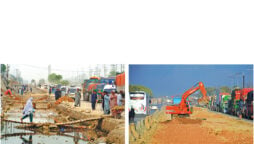
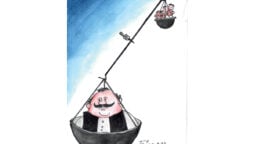
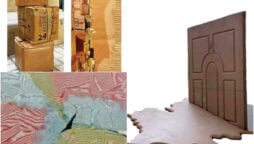
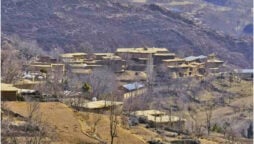

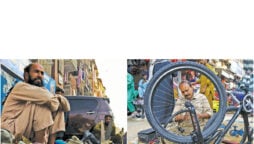

 Read the complete story text.
Read the complete story text. Listen to audio of the story.
Listen to audio of the story.